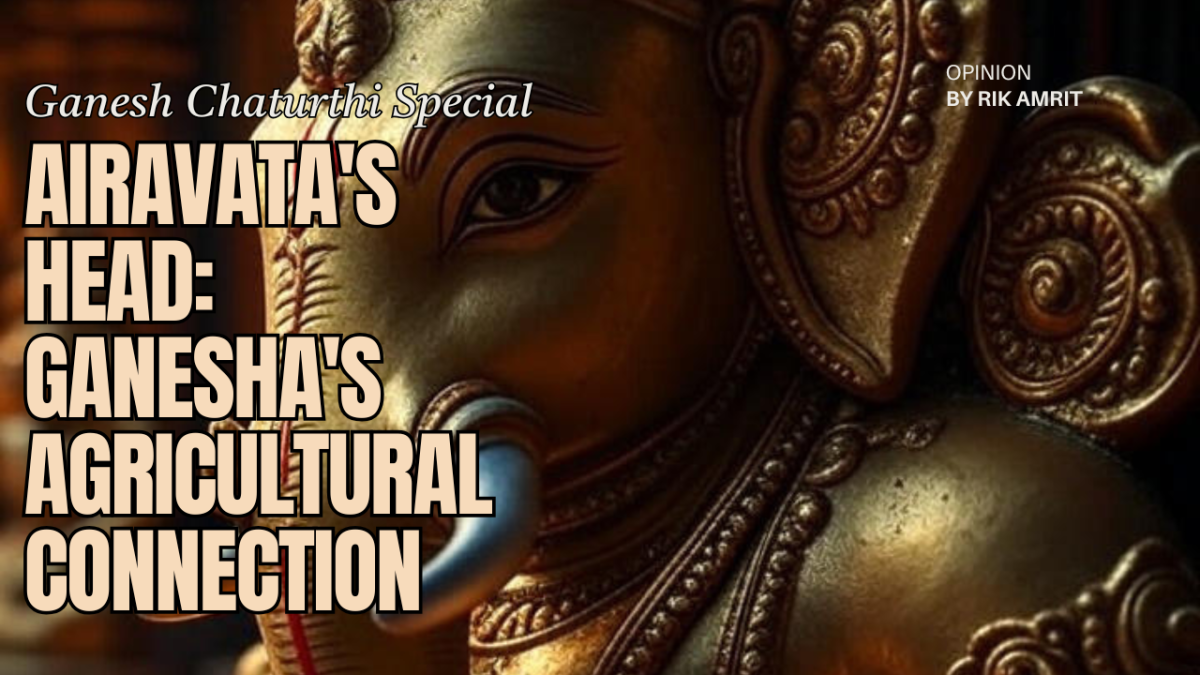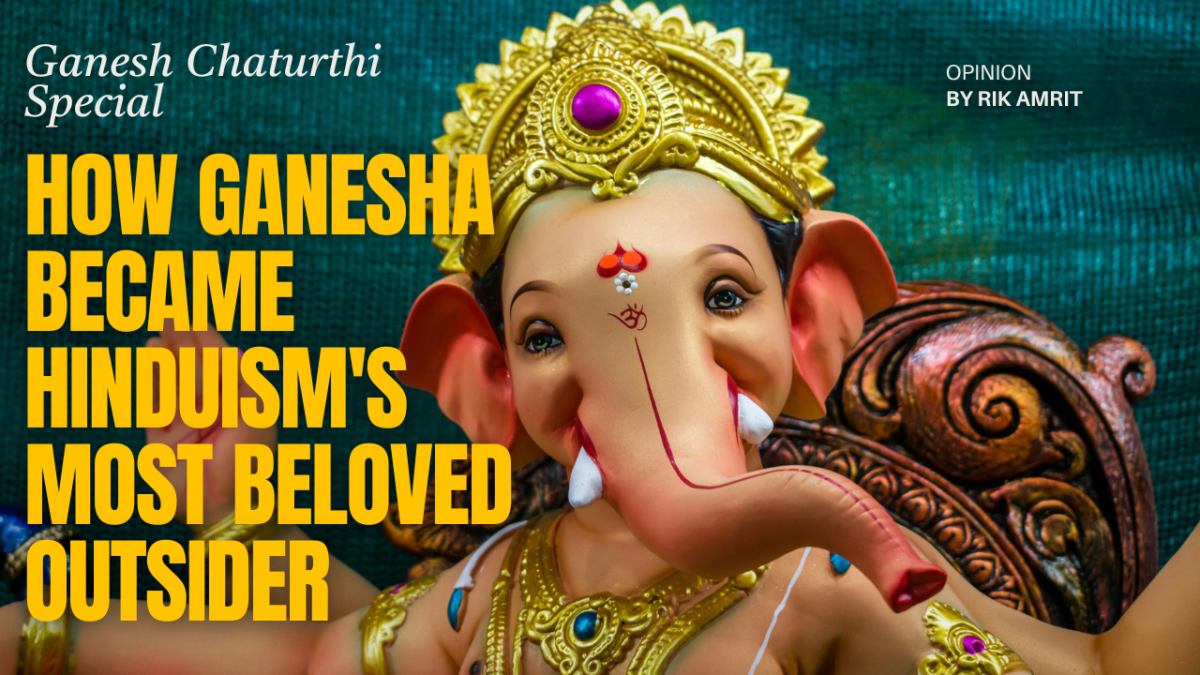Airavata's Head: Ganesha's Agricultural Connection
Parvati created a son from turmeric paste scraped from her body and ordered him to guard her cave. W...

The Paradox of the Elephant-Headed God: How Ganesha Became Hinduism's Most Beloved Outsider
In a temple courtyard in Mumbai, a businessman touches his forehead to a clay elephant and whispers ...

গোপনবাসীর কান্নাহাসি ৯ : অ্যালগোরিদম
যে মানুষটা আজও বন্ধুদের বই পড়ার জন্য ধ...

গোপনবাসীর কান্নাহাসি ৮ : উচ্চাশা
“যে রাজা হতে চায় না, চায় না নায়কের প্রস�...

Janmashtami Special: Rama and Krishna- The Dialectics of Dignity and Divine Play
Dividing life into two distinct perspectives is a natural characteristic of any religious philosophy...
